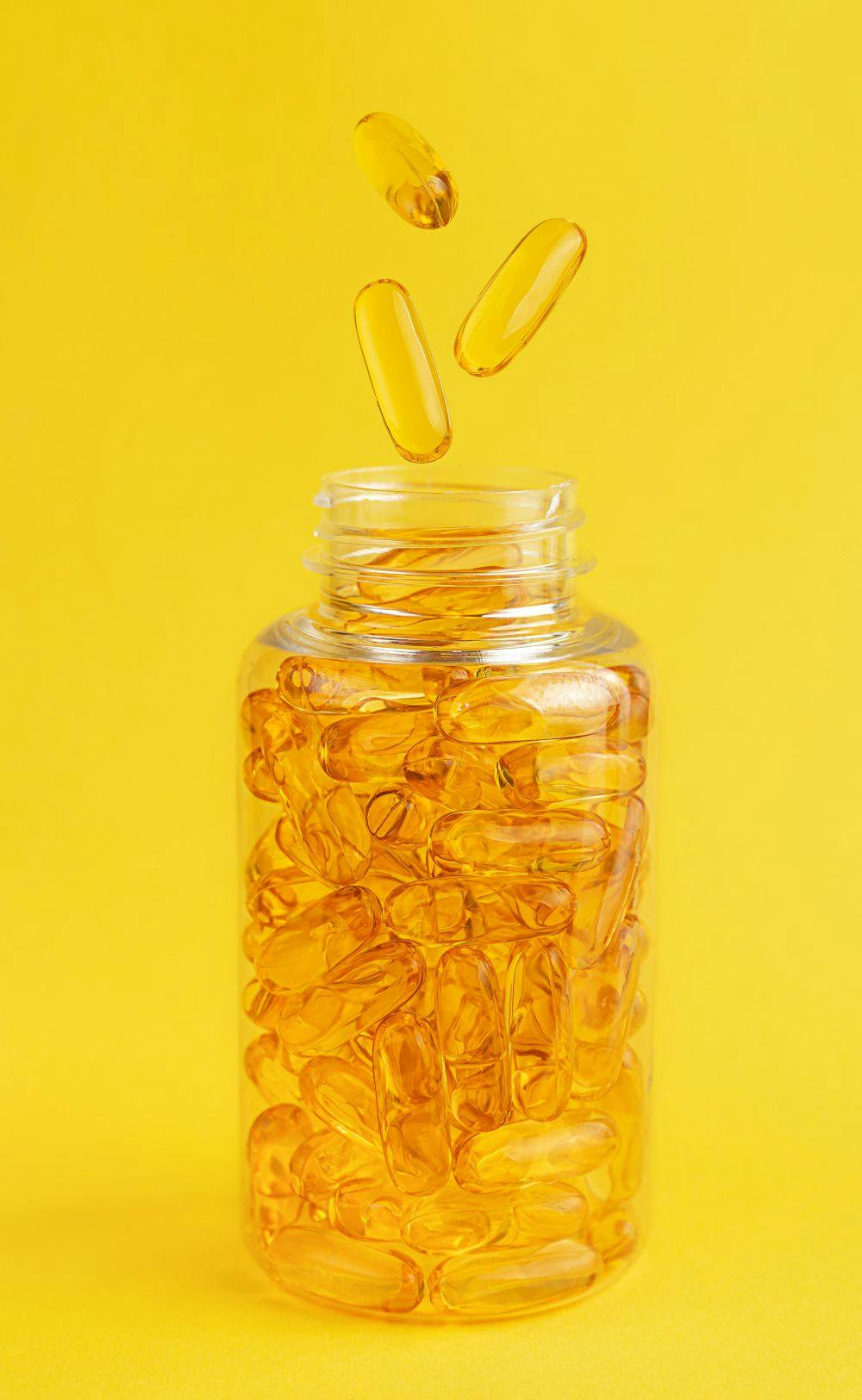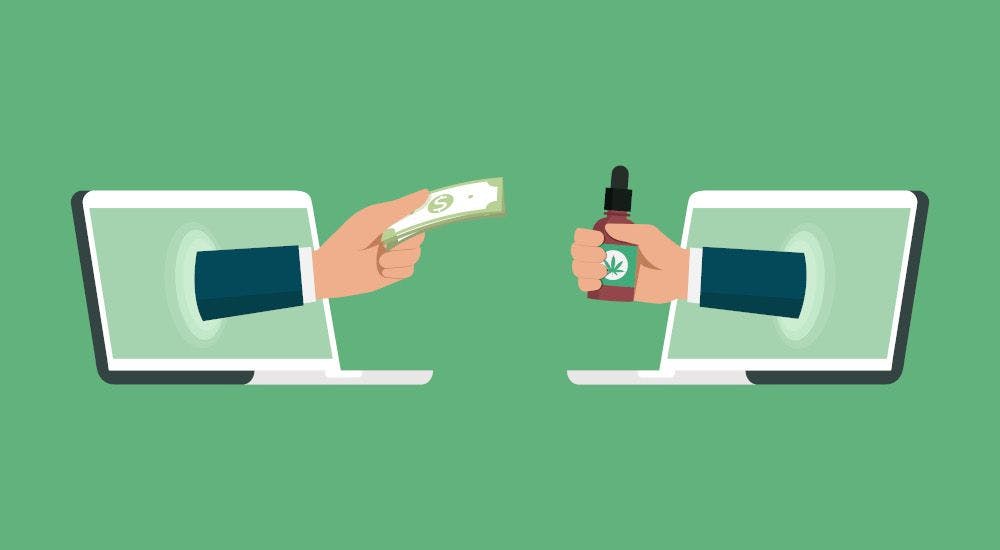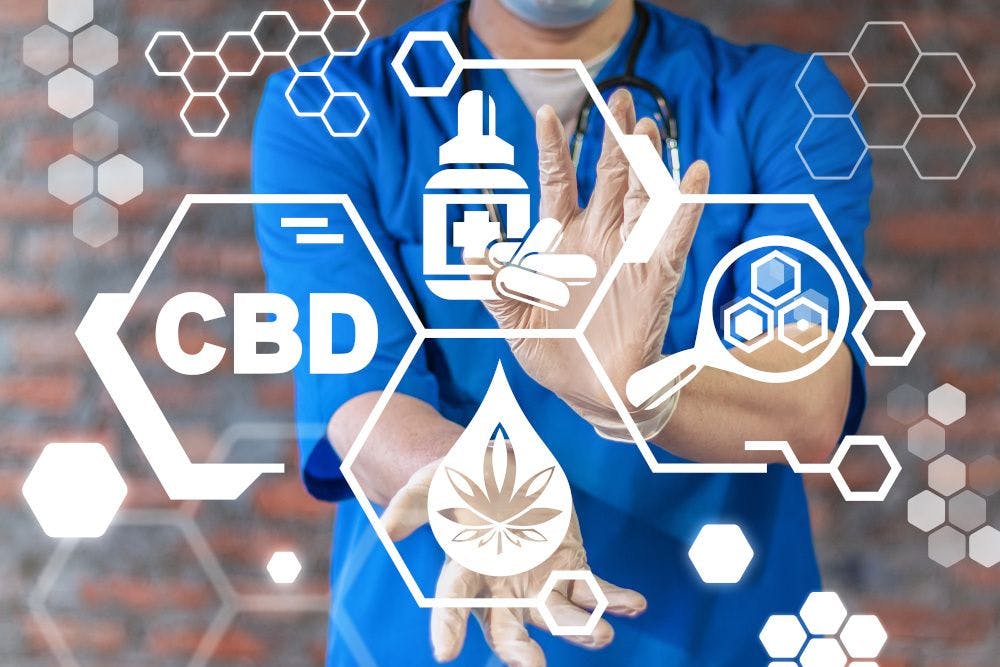Are CBD sales stabilizing?
What’s happening to sales in the CBD market?
Numbers don’t lie—or so the old saying goes. But they sure can leave themselves open to interpretation.
Take, for example, the passel of statistics purporting to present a snapshot of current CBD sales. For while the data strike some as sluggish enough to signal a slump in the sector’s mojo, to others they suggest that the cannabinoid is finally finding its stable set point.
So which is it? Probably a bit of both.
Stable and Sustainable
We wouldn’t even be pondering CBD sales stats were it not for the Agriculture Improvement Act of 2018—or, as it’s more colloquially known, the 2018 Farm Bill.
And as far as Sherry Boodram, CEO and cofounder of cannabis and psychedelics consulting firm CannDelta Inc. (New York City), is concerned, that Farm Bill, by effectively legalizing hemp at the federal level, “has been highly beneficial for the U.S. CBD market.”
Namely, the bill laid out a framework of regulatory clarity to underpin the interstate commerce and market opportunities that let CBD flourish. And if its passage unleashed an initial wave of “hype and speculation,” Boodram concedes, those waters have since settled, reflecting what she believes is “the overall stabilization of a maturing industry with a solid consumer base.”
Ups and Downs
“That’s not to say that the industry won’t continue to grow,” Boodram is quick to qualify, “but rather that it has the opportunity to establish a foundation for resilience and long-lasting growth.”
To prove her point, she notes a “variety of sources” reporting that U.S. CBD sales hit $4.17 billion in 2022 and look set to reach $4.23 billion by 2026. Widening the focus beyond the U.S., Vantage Market Research forecasts a rise in CBD’s global market value to $47.22 billion by 2028, Boodram adds, which represents “a significant increase from the $4.9 billion seen in 2021.”
But when SPINS (Chicago) crunched its numbers on the cannabinoid, it found that sales of CBD as a functional ingredient in products across multiple categories—body care, medicine and personal health, supplements, grocery, frozen and refrigerated foods, even pet products—declined 13.4% in conventional and natural-enhanced channels in the 52 weeks ending June 18, 2023, taking the sector’s $102.6 million in previous-year revenues down to $88.9 million.
Yet while dollar sales fell per SPINS’s analysis, units sold actually rose 1.5% for the period—a finding that, coupled with an observed 14.6% drop in average retail prices for CBD products, indicates to Haleigh Resetar, corporate communications specialist at SPINS, that CBD brands are cutting prices.
Why? “They could be reducing prices to compete with other functional products and ingredients,” Resetar speculates. “And they could be trying to appeal to shoppers who are price-conscious but still interested in trying new products.”
Distinction with a Difference
Richard Maturo, professional services director, BDSA (Louisville, CO), notes that when evaluating CBD sales, it’s wise to consider hemp- and cannabis-derived CBD products separately, as the distinction does make a difference.
That’s because while both product classes are available to consumers in markets that have legalized broad-based cannabis use, consumers in markets that haven’t will find only hemp-derived options on shelves.
What’s more, when BDSA compared past-six-month consumption incidence of cannabis-derived CBD products to past-six-month consumption incidence of hemp-derived CBD among U.S. adults who claim to have consumed CBD within the preceding half year, it found that consumption incidence for cannabis-derived CBD products rose from 21% in 2020’s first half to 29% in the first half of 2023, while consumption incidence for hemp-derived CBD barely budged 1% during the same period from 14% to 15%.
Value Propositions
“The reason for this is threefold,” Maturo explains. “On one hand, access to cannabis-derived CBD products in dispensaries has become more widespread as more states have legalized cannabis for medical or adult use since the beginning of 2020.”
Comparatively, hemp-derived CBD, which is available outside legal cannabis states only in limited conventional retail channels and online, “has had to compete with other hemp-derived cannabinoids that have become more prevalent in recent years,” he says, “like hemp-derived delta-9 THC and delta-8 THC and hemp-derived CBN.”
These products—even when hemp-derived—pose what Maturo calls “a different value proposition” in that they can induce intoxication, which CBD cannot. So for adults lacking legal cannabis access but still hankering for THC-like effects, “this class of ‘intoxicating’ hemp-derived products may be a more attractive option than products containing only hemp-derived CBD.”
Well and Good
But those intoxicating hemp-derived products may pose health risks, as well, as documented in the 100-plus adverse-event reports involving such items that FDA fielded between December 1, 2020, and February 28, 2022, 55% of which required intervention or hospital admission. [Link]
But from Boodram’s perch observing the CBD space, it appears that most consumers approach the cannabinoid not for intoxication—let alone adverse events—but for health and wellness.
In fact, “We’re seeing a marked increase in clients positioning themselves exclusively as CBD wellness brands,” she notes. And as “the current consumer mindset” keeps shifting toward self-care and personal wellness, she predicts, brands that focus on what she calls “quality wellness products” and establishing trust with their patrons will find themselves navigating “another promising avenue for long-term industry growth,” she believes.
All of which underscores another trend she’s noted in the broader CBD space: an appeal to convenience, efficacy, quality, and overall value, “with more emphasis on reputable brands and product transparency.”
Wellness’s Flipside
Consider in addition: playing yin to wellness’s yang, CBD confections—think gummies and chocolates—are also lifting the sector’s spirits. By BDSA’s reckoning, CBD-containing confectionery products even overtook topical wellness products in the first half of 2022 and continue to be the number-one CBD category in past-six-month incidence, Maturo says.
“In the first half of 2023,” he elaborates, “42% of CBD consumers indicated they’d consumed a CBD-containing confectionery product within the past six months, whereas 39% indicated they’d consumed a CBD-containing wellness product during that time.” And though both categories still lead in past-six-month incidence according to BDSA, topical wellness fell 4% from the first half of 2020 to the first half of 2023, while confectionery incidence increased 10% over the same period.
For its part, Resetar says, SPINS notes growth in the CBD water space, which was up 22.1% in the 52 weeks ending June 18, 2023, to $14.1 million in revenue. SPINS also sees CBD’s growth in kombucha and other beverages, which saw sales increase 6.4% to $3.74 million.
“The category of pet care and wellness, however, which became popular soon after CBD hit the market, is down 10.4%,” Resetar concedes, adding that skincare “is another category that’s been bombarded with other functional ingredients, and CBD is declining here 34.1%.”
Specialty Delivery
As for preferred purchase venues, the online channel remains one of the “most common” options for CBD consumers, Maturo states, but has seen its primacy in past-six-month purchase incidence slip a “significant” 15% from 47% to 32% since peaking in the first half of 2021, per BDSA. Meanwhile, the firm found that CBD dispensaries and specialty stores actually overtook online in 2021’s second half.
Maturo thinks these channels’ appeal is elementary when one considers that, by contrast, “most conventional brick-and-mortar stores tend to carry far fewer varieties of CBD products, with many in the food, drug, and mass spaces limiting their assortments to non-ingestible, non-inhalable categories.”
He adds that this is especially the case with major chains, which, with few exceptions, “have been hesitant about stocking CBD in general because of the lack of FDA approval and limited distribution from major distributors.”
Boodram agrees. CBD dispensaries and specialty shops build loyalty and encourage traffic with a “range of CBD products and ability to create a supportive and knowledgeable shopping environment,” she argues. Drugstores, meanwhile, “have seen more conservative growth likely due to narrower selections and regulatory restrictions.”
Headwinds Ahead
Boodram hopes that discussions between FDA and Congress to develop a comprehensive CBD-regulation strategy will prove to be “a cooperative effort that holds the promise of creating a more favorable regulatory environment that opens new opportunities for drugstores as well as for other sales channels,” she says.
But she’s not celebrating just yet, as the prospect of a rationalized CBD regulatory scheme may be “encouraging, but it also brings an element of unpredictability, and businesses must adapt and prepare to navigate this evolving landscape,” she says.
Maturo states his opinions more bluntly. “The glacial pace of FDA and now Congress’s intervention into communicating a clear and formal pathway for federally legal CBD products has been the greatest setback for the industry,” he says, noting that “the lack of progress” since the Farm Bill’s passage has cost the category momentum with major brands and retailers, relegating it to online, independent, and specialty venues “where it gets limited exposure and has many competitors: intoxicating hemp-derived cannabinoids, legal cannabis from dispensaries, other non-cannabis nutraceuticals and nootropics.”
Credit Crunch
And on the banking front, Brett Gelfand, CEO of a cannabis collection agency representing more than 800 cannabis and CBD clients, believes that fixing the credit crunch that dogs the sector “is essential for the sustainable development of the CBD space.”
To wit, his experience and data show that CBD companies “tend to be tight with credit terms,” he says, “often not extending trade credit to customers.” This approach raises concerns for the sector’s growth because, unlike the cannabis industry writ large, “which plays in a more flexible credit landscape,” he claims, CBD brands, suppliers, and sellers face restricted access to capital.
“This limitation may hinder their ability to expand, innovate, and invest in crucial areas,” Gelfand warns, and he calls on policymakers, financial institutions, and industry to collaborate in creating “a more conducive environment for CBD companies to foster their growth and ensure a promising future for the entire cannabis market,” he says.
Out of the Shadows
Yet while financial and regulatory clarity would be a boon, Maturo fears even it may not be enough.
“Once major CPG brands can fully embrace CBD as a beneficial additive to their core health-and-wellness portfolios—and once Target, Walmart, and major drugstore chains are able to stock the category, ostensibly with new products from major CPG brands—we imagine that the category will see renewed interest and perhaps some resurrection,” he wagers. “But by that time the winners will likely have sold out to larger CPG brands or perished from attrition once the major CPG brands can leverage their vast distribution networks within the national retail space.”
Yes, the innovation, celebrity endorsements, and mainstreaming characterizing the CBD space since hemp’s legalization demonstrate progress, he admits. “And given CBD’s time in the sun,” he adds, “it would be a mistake to say that it hasn’t received establishment status. But then again, so has crypto—and like crypto, the audience is a fraction of what it once was and is limited to a niche population versus being super-mainstream.”
But Boodram remains confident that once the CBD sector finds itself in more favorable circumstances, all bets are off.
“As consumer awareness keeps growing,” she believes, “a wider range of innovative products will emerge, allowing businesses to expand their offerings and establish a unique position while affording consumers attractive options to explore. And with an increase in research and data, public and government acceptance, and positive changes to the regulatory landscape, there is promise of a strong foundation for sustainable growth and continued sector maturity.”

Prinova acquires Aplinova to further increase its footprint in Latin America
April 7th 2025Prinova has recently announced the acquisition of Brazilian ingredients distributor Aplinova, which is a provider of specialty ingredients for a range of market segments that include food, beverage, supplements, and personal care.






















